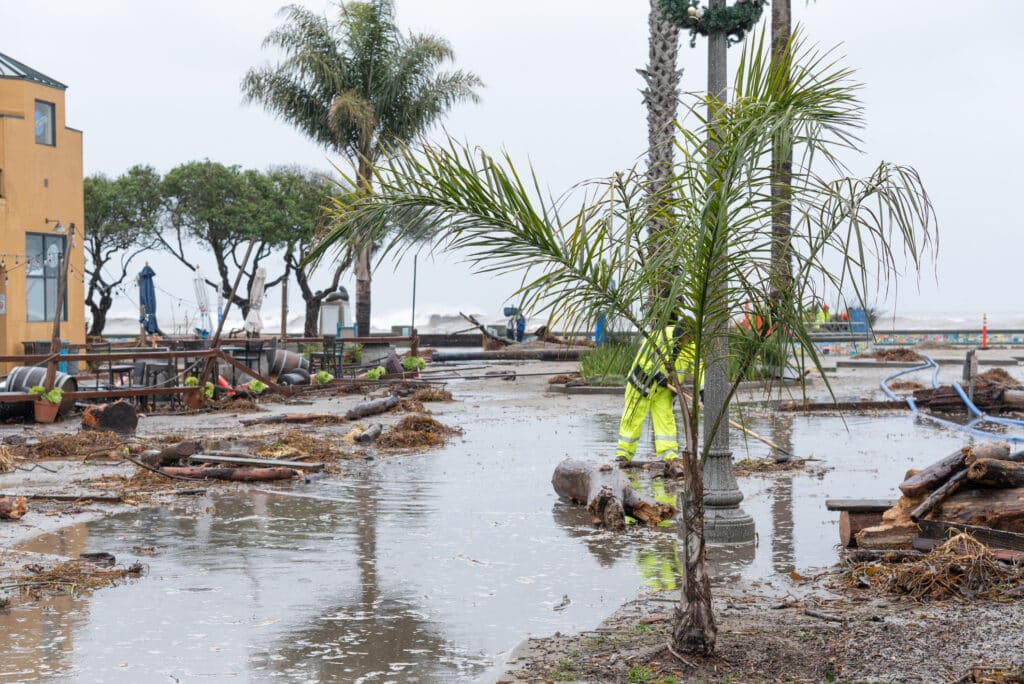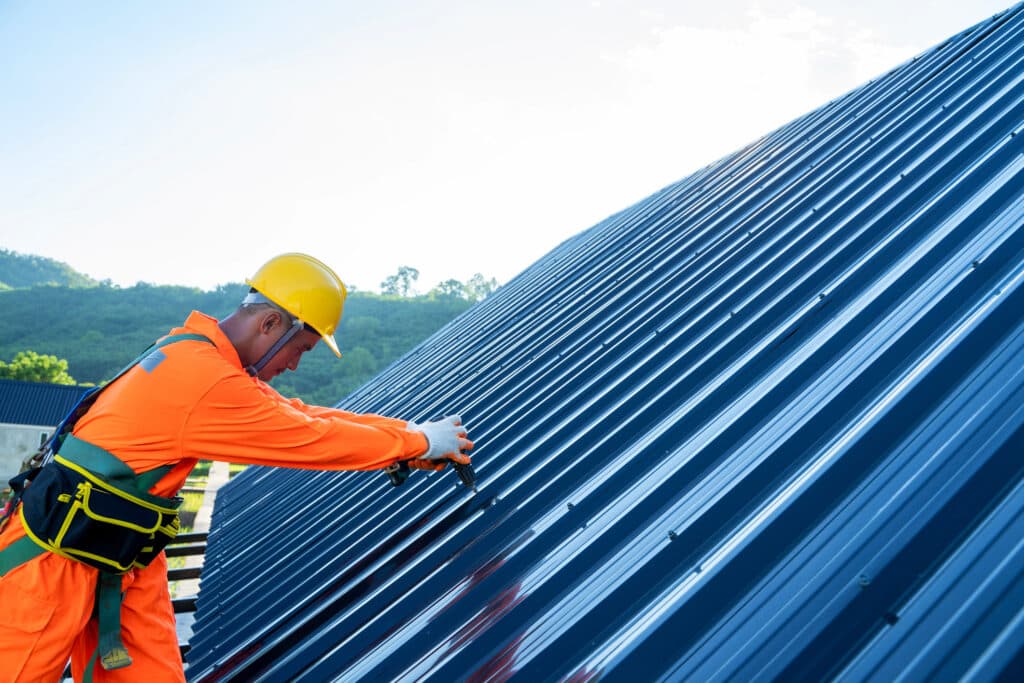When a hurricane is about to hit your area, your main focus of concern should always be to get yourself and your loved ones to a safe location until it passes. Once the storm is over, it’s time to figure out how to get back to your everyday life; fixing your home is a major part of that. Hurricanes can leave tremendous devastation, so be prepared for significant damage. While rebuilding is no easy task, following these steps can help you do it as quickly and effectively as possible.
1. Return Home Safely
If you evacuated your house before the hurricane hit, wait until the local authorities confirm that it’s safe to return. Even then, you could run into various situations, like flooded roads and fallen trees. Remember that floodwater can hide dangers, like sewage, chemicals, wild animals, and various debris, so you should avoid it as much as you can. Also, try not to drive through it, as it may flood your engine components and you can get stuck.
2. Review Your Flood Insurance Policy and Document All Damages
If you live in an area that’s prone to hurricane damage, such as the state of Florida, you’re likely to have some sort of flood coverage on your insurance policy. It’s always a good idea to check, though, so read your insurance policy documents to understand exactly what they can cover. Then, before starting any renovation work, take extensive photos and video evidence of all the damage. Go through every room and take pictures of every damaged item, plus any structural damage that you see. Make a thorough list of the items you photograph.
Taking pictures and videos of your home before the storm will be helpful to provide the insurer with a direct comparision of how it used to look versus how it looks post-hurricane. If you perform emergency renovations before getting the chance to talk to your insurer, take photos of everything and keep all receipts, as you may be reimbursed later. You may also be eligible for various forms of government assistance for basic emergency home repairs. Check FEMA’s website to learn how to apply.
3. Prioritize Your Repairs and Start With Urgent Ones
After getting home and taking steps to secure the funds you need to renovate your home, it’s time to start work. Depending on the extent of the damage, you may need to perform some emergency repairs to prevent further deterioration and to ensure a safe living space for yourself and your family. Since this work can be dangerous, it’s a good idea to call a professional and let them perform the repairs. Some examples of common emergency repairs include:
- Broken doors and windows.
- Fallen trees or trees that are about to fall on your house or property.
- Fallen power lines near your home.
- Gas or water leaks.
- Extensive mold.
4. Make a Checklist for Everything You Need To Do
Now that you have taken care of all urgent repair needs, it’s time to make a plan for the whole renovation process. Make a thorough checklist that includes everything that needs to be done. Leave nothing out, even if it seems minor compared to others on the list. After writing everything down, you can analyze the list and begin prioritizing renovation operations.
It’s usually a good idea to start with the rooms that you and your family use the most. You’ll definitely need a bathroom and kitchen, so make sure they’re fully operational as soon as possible, keeping everyone clean and well-fed. Then, you can focus on providing everyone with an adequate place to sleep. Since it’s an exceptional situation, it doesn’t necessarily have to be a bedroom. If any other place in the house is safe, warm, and dry, you can set up a temporary bed there and use it as a bedroom until the renovation is complete.
5. Start Looking for Contractors
Even if you’re a DIY type of person, a post-hurricane renovation requires professional assistance. Start looking for contractors in your area as soon as possible. The longer you wait, the more likely it will be that you’ll have to wait a long time for them to get to you, since they’re probably going to be much busier than usual because of the storm.
Use your checklist and priority list to determine who to call first. Start with the contractors who can help you with your basic needs, such as plumbers, roofers, and electricians. Although it may be challenging to do so in such a situation, it helps to call different contractors for the same job and get multiple quotes, as this can help you save some money. It may also help to ask your insurer for recommendations or talk to your neighbors to see who they called.
6. Avoid Rushing Renovation Operations
While you’re obviously eager to get everything fixed as soon as possible, it helps to stay as patient as you can throughout the renovation process. Any rushed repair job is likely to cause more trouble later on, so you may as well make sure you get it right the first time. This also includes choosing contractors. Although you may be tempted to choose the first one you call, be wary of people who try to take advantage of such situations and overcharge you while also doing a sub-par job.
7. Be Prepared for Challenging Times
Renovating your home after it’s been hit by a hurricane is no easy task. You’ll encounter various issues, challenges, and confusing situations. While you can’t prepare for everything that’s about to happen, accepting that this will be difficult and frustrating can help you stay focused and motivated throughout the ordeal. Getting back to an everyday life after such an event will take some time, so try to focus on the positives and use this time to connect with family, friends, and fellow members of your community.
Following these 7 steps, you can create a solid plan to begin your home restoration after a life-changing hurricane. You need to stay calm and focus on organization. Focusing on the task can help you make the best decisions when working through insurance claims and selecting the right contractor. Once your renovations are complete, you can then begin to prepare your home for the future and mitigate as much risk from future storms as possible.



